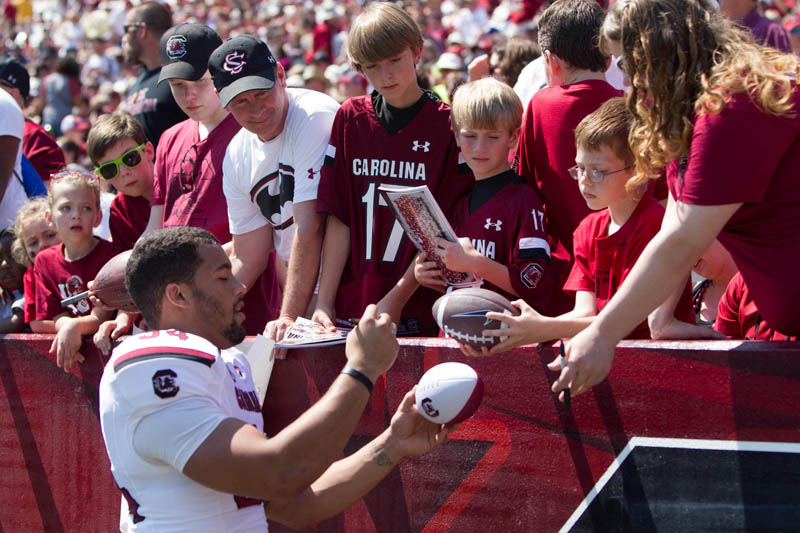SEC's full cost of attendance by school
Now that the Power Five conference schools have been granted autonomy, much of the debate surrounds covering a player’s full cost of attendance per school.
But while it may seem like an easy subject, it’s not at all, especially when you break down the differing costs by conference, and more specifically, by school.
John Infante of AthleticScholarships.net broke down the full cost of attendance for every SEC school, and you can read about his methodology here. The following are Infante’s estimates of every school’s annual personal and travel allowance (pocket money):
- Alabama: $3,298
- Arkansas: $4,002
- Auburn: $5,586
- Florida: $3,320
- Georgia: $1,798
- Kentucky: $3,536
- LSU: $3,680
- Mississippi: $4,500
- Mississippi State: $5,126
- Missouri: $3,664
- South Carolina: $4,151
- Tennessee: $5,666
- Texas A&M: $3,100
- Vanderbilt: $2,730
Infante lays out whether or not he thinks this will pass, and it’s really interesting:
The takeaway is obvious here. There is no way this will fly. Not only do some schools offer more than others, but there is no rhyme or reason to why one is greater than the other. Why are travel, clothing, entertainment, and other personal expenses more than twice as expensive in Knoxville, TN as in Los Angeles, CA? Why an over $600 difference between the two Los Angeles schools.
But at the same time, the options for doing so are very limited. The power conferences have one way to normalize cost of attendance across all 65 schools: let every school go up to the highest cost of attendance figure, which in this case is Tennessee’s $5,666.
But that has its own set of problems. First, many schools would then be permitted to exceed cost of attendance, some by thousands of dollars. Not only is that philosophically troubling for the NCAA, it also complicates matters with financial aid offices. If a portion of an athletic scholarship exceeds cost of attendance and is not paid through the financial aid office, what is but payment for services rendered?
Second, this would be massively more expensive than some schools were likely planning for. Tennessee’s number is almost twice as much as the Pac–12’s average. A school like Iowa State, already worried about paying for COA scholarships would see the cost go up by more than $3,000 per full scholarship equivalency. At that point, the divide between the haves, the have-mores, and the real elite would begin to show quickly and clearly.
And finally, it does not solve the perceived imbalance of giving athletes the same living allowance across the country when the cost of living varies wildly among the cities where these 65 schools are located.
Infante ends with either schools will come up with their own numbers or let everyone go to the maximum. My gut says schools will come up with their own ‘full cost of attendance’ numbers.

